Why solving the heroin crisis might mean legalising it
If the ‘junkie lifestyle’ is actually just a consequence of prohibition, then perhaps there is another way to help people addicted to heroin, writes Niko Vorobyov

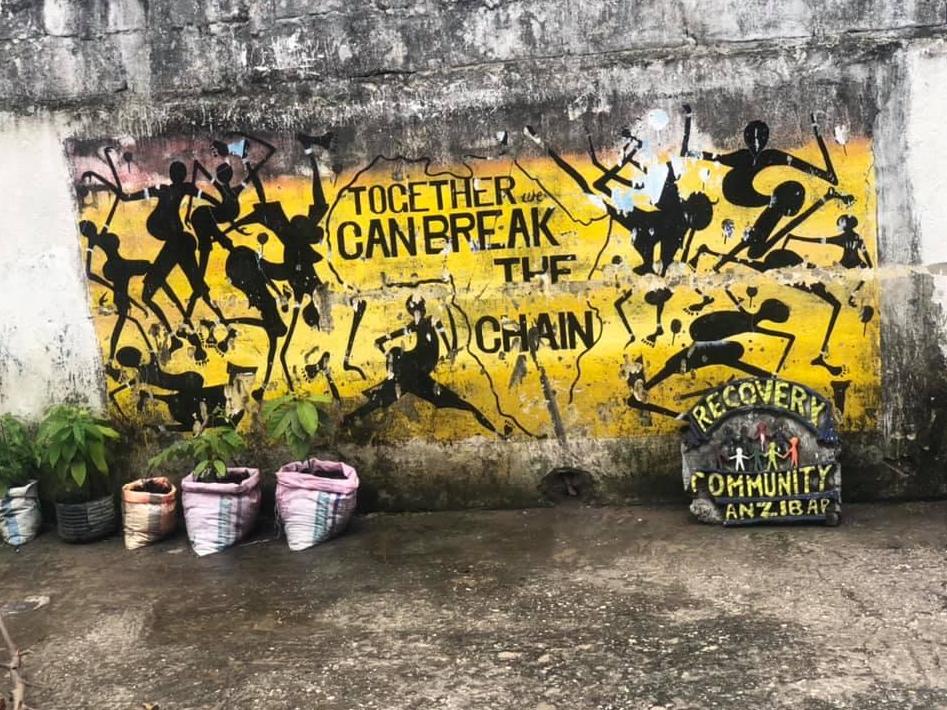
The metal gate creaks open and I step into the courtyard of a spartan detox centre on the southeast outskirts of Stone Town, Zanzibar, a small island off the coast of Tanzania. “Come on here, two kings can’t sit on one throne,” cracks Ahmad, a jolly middle-aged Arab sailor, waving me away from another guest eager to tell his story. “You’re from Russia? I’ve been to Russia... well, it was the USSR times back then. I’ve been all over – Georgia, Romania, Ukraine... all over the Black Sea!”
I visited Zanzibar last year to find out how the heroin crisis has taken hold in this often ignored corner of the world. But having written a book about the war on drugs across the globe one thing I’ve noticed is the stages are different, but the plays remain the same. Defeating it demands the same solution – if politicians have the guts.
Ahmad climbs onto his bed and lights a cigarette. He’s here every day as a volunteer, telling the young men who pass through of his many decades drinking, smoking and shooting up.
“I did a lot of bad things. Maybe I hurt some people, but that’s between me and my god,” he says between drags. “Now I stay here as a volunteer and share my story. I see the same guys keep coming back. They are not ready. But every time they come back I hug them and tell them, ‘welcome, brother, welcome home’.”
Zanzibar’s a jewel in the Indian Ocean; an island known for its mangrove forests and crystal clear blue waters teeming with tropical fish. But behind paradise lies a dark history. In the 19th century, it was the heart of the Arab slave trade. Much has been made of European transatlantic slavery, but shackles and chains under the Arabs weren’t a whole lot better. In the capital of Stone Town, you can still see the cramped, filthy dungeons where human beings were herded like cattle. In 1896 it was the site of the shortest war in history, when the sultan of Zanzibar surrendered to the British after just 38 minutes of naval bombardment. Then in 1964, centuries of pent-up anger over slavery threw out the island’s Arabs and South Asians. Tens of thousands were massacred or had to flee, like the family of future Queen singer Freddie Mercury. A forgotten genocide few talk about. Ahmad survived, but he didn’t live happily.
“In Zanzibar, when you are Arab, no matter how hard you study in school they put a red ‘X’ next to your name. So I didn’t see the point of working hard. I wanted to escape, and escape my mind. I started to drink, smoke marijuana,” Ahmad reminisces.
“At the time it was very difficult to leave. You needed a passport just to get to Dar es Salaam [on the mainland]. But when I was 18 I stowed away on a vessel. I went around Dar looking for work and got a job as a sailor. I travelled all over the world. I’ve been to 12 states – I’ve seen more of America than most Americans! It was 1979 when I first tried cocaine, in Panama. But life was good. I was only a social user.”
At one point, Ahmad ended up in Beirut where he found himself thrust into sectarian unrest. “In 1982 I was in Lebanon, at the height of the civil war. They came to my house, forced me to fight with them. They taught me how to use weapons in a very cruel way. I didn’t want to fight but they told me, ‘if you think they’ll understand you’re an innocent and won’t shoot, you’re dead. You’re with us now.’ So I shot back to defend myself. If I hit anybody, I don’t know.”
From the 1960s, the joint nation of Tanzania and Zanzibar was governed by the principles of ujamaa, or African-style socialism, and grew close to communist China. But as with the Soviet Union, the end of socialism in the Eighties left a new opening for young seafarers and stowaways like Ahmad.
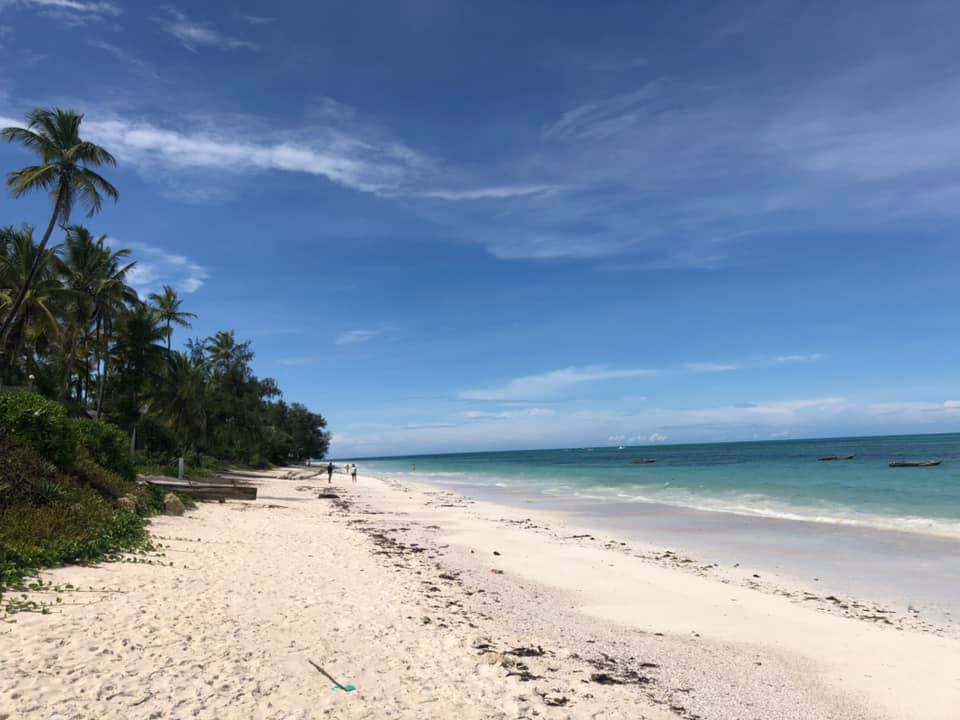
Heroin, or diamorphine, is a powerful narcotic from the sticky gum of the opium poppy. It can be sniffed, swallowed, smoked or injected, leaving you in a state of absolute bliss. All your worries, all your pain goes away.
“I first tried heroin in Athens in 1984. Then when I came back [to Zanzibar] in 1986, it followed me. Heroin had already arrived on Zanzibar, and it was a new thing,” Ahmad remembers. “There was only a few of us who knew about it, so it was cheap. I lost my life, lost my soul, lost my essence.”
I first tried heroin in Athens in 1984. Then when I came back [to Zanzibar] in 1986, it followed me. Heroin had already arrived on Zanzibar, and it was a new thing. There was only a few of us who knew about it, so it was cheap. I lost my life, lost my soul, lost my essence
For decades, Africa was largely ignored by drug lords, seen as too poor, remote or unstable to be worth smuggling into: why bother sending gear to Zimbabwe when Mugabe’s trillion-dollar bill was barely worth the paper it’s printed on? But that’s rapidly changing, and the sparsely patrolled Swahili coast has left an opening for the fastest growing demand for narcotics on the planet.
In the 1960s and ‘70s, heroin was outlawed globally as part of the US-led war on drugs. After first the Shah the Islamic Revolution pushed heroin labs and poppy fields out of Iran, the refineries moved to the lawless tribal borderlands between Pakistan and Afghanistan. When the Soviets invaded in 1979 to prop up their puppet regime in Kabul, the CIA and Pakistani intelligence allowed the mujahideen resistance to smuggle dope to finance their rebellion.
The east Africa route begins in Pakistan, where the heroin is loaded up onto small, speedy dhow boats setting sail from the port of Karachi, past the Arabian Peninsula and the formerly pirate-infested waters off the Horn of Africa to land in the docks of Zanzibar and Mombasa. From there it goes all across the continent, much of it ending up in the townships of South Africa where control over the business has sparked gang wars in Cape Town.
As a poor, newly globalised island on the Indian Ocean, Zanzibar was the perfect springboard to offload gear to the mainland. The drug business spread from tourists getting high to the locals and by the 1990s, heroin was across every level of society.
“The first time I went to rehab was 1997, in Manchester, but I relapsed. I relapsed so many times if you go to any rehab centre on this island, they all know me. I wasn’t ready,” Ahmad continues. “I remember they put me in jail when my mother was dying. I told them they caught me at the wrong time. They told me it was God’s will. I knew I’d never see her again. You see me around here joking with the others; I try to forget. But every night at two in the morning, I wake up, have a cigarette and I remember. It’s the only time I can be alone. She was very beautiful, my mother.”
Drug users are persecuted around the world. As I saw while writing my book, some countries just shoot them dead on the spot. Zanzibar interested me as a case study because I was curious if the religious beliefs it inherited as a former Arab colony played any role.
2,400
Number of deaths from heroin and morphine in the UK in 2018
Kassim Nyuni is a co-ordinator at Zanpud, the Zanzibar Area Network of People who Use Drugs. “You have to understand, in Zanzibar we are a 97 per cent Muslim society,” Nyuni tells me. “Using dope is a sin, and you’re looked at as someone who behaves differently to the cultural norms and beliefs. Family members and significant others look at you as someone who’s brought bad things to the household, and they will not involve you in family matters. Drug use is a crime, so many see them [users] as criminals. For example, even in the methadone clinic the service providers don’t see them as patients or someone with a disorder but criminals, and don’t treat them according to ethics.”
On paper, drinking and any other kind of intoxication is forbidden in Islam – in practice, the Muslim world has a long history with psychotropics, from drunk Persian poetry to hash-smoking Sufis. So scripture hasn’t stopped Zanzibaris from chasing the dragon. But the rules are the rules. It’s especially tricky for women, given their place in local culture.
“It’s taboo for women to even smoke cigarettes in our culture, let alone take drugs,” Nyuni explains. “Can you imagine? If you have a daughter taking drugs she will be chased out of the house and end up homeless, in the ghetto. If those women then end up depending on the sex industry, they’re at higher risk of HIV, as well as diseases like syphilis and gonorrhoea, which are stigmatised by the community. So they’re doubly stigmatised.”
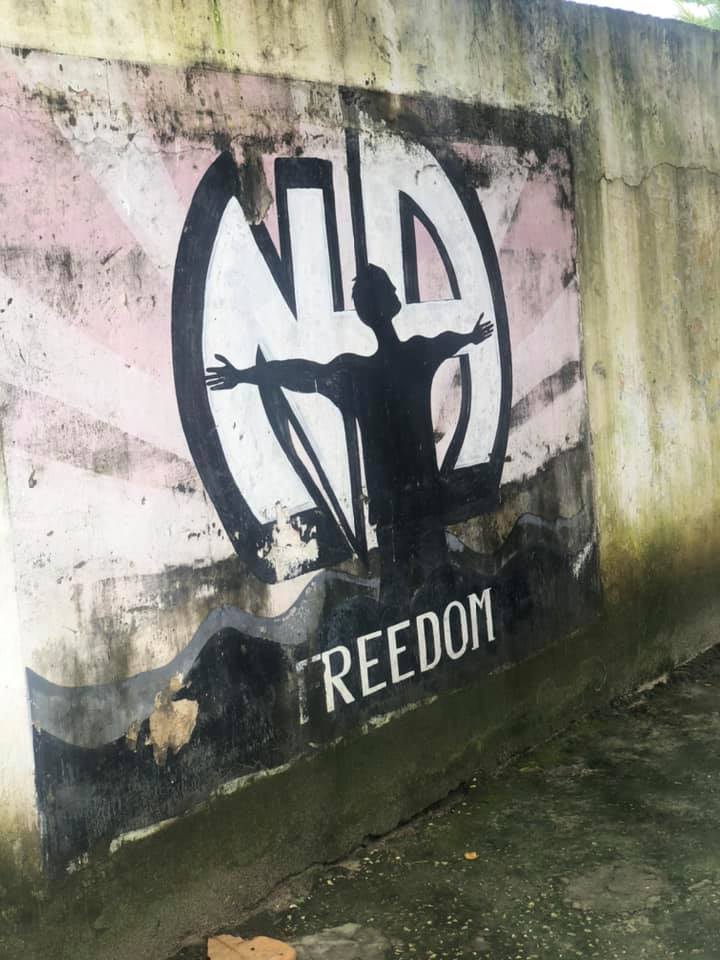
In the mid-2000s, pushed to the far corners of society, a few turned to a practice that might make even the most hardcore heroin aficionado’s skin crawl: flashblooding. Basically, this involves one addict injecting another’s blood to get a secondhand high. It’s not clear if it works (given how trace amounts of opioids left in the syringe are tiny) but it’s an almost foolproof way of passing HIV. Why would someone do this? Firstly, it’s a way for better-off users to help their friends. Sharing is caring. Those better-off users are often sex workers, compounding the HIV crisis. Secondly, lack of equipment.
“It happened because drugs possession and paraphernalia is against the law so getting a clean needle or syringe can be very difficult,” says Nyuni. “After a long advocacy we have needle exchanges in Zanzibar, but the pharmacies are all in Stone Town, out-of-reach of most users to access.”
It’s not only African islands suffering this plight. In 2018 there were nearly 2,400 deaths from heroin and morphine across the UK, a thousand of which were in Scotland. That same year, the US opioid crisis killed on average 128 Americans a day – the equivalent of 9/11 every three weeks.
“If we were losing as many people on the roads as from drug overdoses, people would be screaming at the government to do something,” says Arfon Jones, a 30-year veteran of the Welsh police and now Police and Crime Commissioner (PCC) for North Wales. “They’re dying unnecessarily and no one seems to give a damn.”
You have to understand, in Zanzibar we are a 97 per cent Muslim society. Using dope is a sin, and you’re looked at as someone who behaves differently to the cultural norms and beliefs. Family members and significant others look at you as someone who’s brought bad things to the household, and they will not involve you in family matters
“I did a lot of intelligence and drugs work as a uniformed officer. Towards the end, I got disillusioned with the revolving door and how locking up made no difference. If you’re addicted you’re only focused on one thing, feeding your addiction, so what’s the point of fining or jailing them? It’s a pointless exercise.”
With more Americans believing it should be legal than not and several other countries already (or about to) take the plunge, the argument for legalising marijuana has already been won. It’s only a matter of time. However, it’s more interesting (and fun) to make the case for heroin.
In the 1980s Switzerland was facing a heroin crisis, one the authorities thought they could contain. Let the addicts have their own area, they thought. They won’t bother us and we won’t bother them. Police abandoned Zürich’s Platzspitz Park which quickly became the junkie version of The Purge: overrun by drug gangs, where overdoses happened every night.
André Seidenberg was one of the doctors at the park. “This ‘Needle Park’ was the result of decisions by the leaders of the police and justice system,” he says. “For almost six years there was no consistent order and security in the park.”
Dr Seidenberg and his colleagues had to battle city officials to allow them to provide clean needles while the park became ground zero for the Aids epidemic. “We said there was no medical reason, no legal foundation for the rules so we wouldn’t abide by it, and it became a movement of private physicians and pharmacists, and we won.” The park was finally shut in 1992. Then the Swiss tried something different. They legalised heroin.
That didn’t mean ready-filled syringes at Starbucks. Clinics were opened, allowing addicts to shoot up prescribed diamorphine for free. Technically this was already legal but the medical loophole hadn’t been used before. The result? Huge falls in HIV infections, property crime and drug-induced deaths: over the next decade thefts fell by 90 per cent, while deadly overdoses more than halved.
Common wisdom holds that drugs like ecstasy, heroin and cocaine are illegal because they’re bad for you. However, so is eating too many eggs, and there’s no law against that. Heroin, aside from the addiction itself, can be relatively safe: there’s constipation and erectile dysfunction, but that’s more annoying than life-threatening. The trouble begins with street smack of a dubious quality shared around groups of desperate addicts.
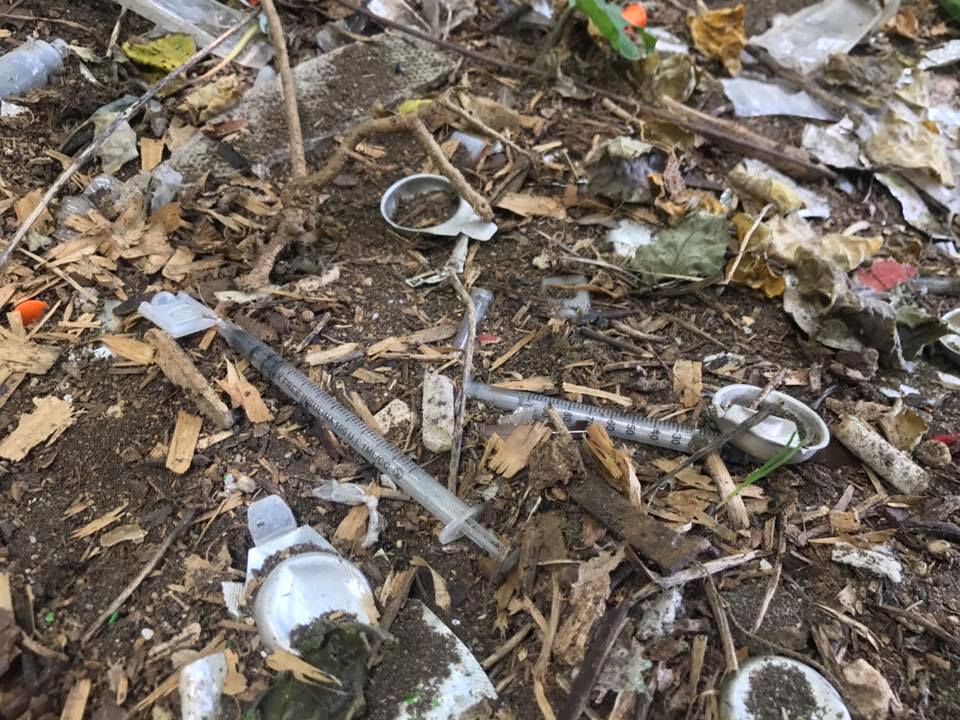
“Heroin is not in itself a dangerous drug,” says Dr Seidenberg, who worked at a clinic in Zurich. “The problem is not the substance itself, it’s the circumstances and route of ingestion that could harm you. If you inject all the time, injecting is dangerous.”
Opioids sink their claws into your brain in much the same way as nicotine, but you rarely see smokers swapping stolen TVs for Marlboro Lights because cigarettes are cheap and plentiful. Banning something drives up the price, making those who can’t afford it – like Ahmad – prime candidates for a career in wealth redistribution. That creates a vicious cycle where society views them as criminals, and not people who need help. Smokers don’t have to keep looking over their shoulder for the law or thugs they owe money to, or be cast out of their families. Clinics provide the stability for addicts to get their life back together.
We can’t reduce the demand, so while the demand is there, supply will remain, and organised crime, serious violence and exploitation of young people – the county lines phenomenon. The more you give medical heroin, the less illegal supply is on the streets
“As a police officer, one of the things we’d get from the public is, ‘what’re you going to do about all these homeless people, junkies, injecting themselves in the park where children are playing? It’s disgusting,’” Suzanne Sharkey, an ex-undercover police officer in Newcastle who now works in recovery, tells me. “What the Swiss said was, ‘these are citizens of our country, how can we help them?’
“The good thing I like about it [the Swiss system] is it meets them where they’re at. It doesn’t put a whole load of constrictions on them like going to rehab: ‘we can help you but you can’t use drugs’. It’s not like if you used elsewhere you’re kicked off the programme. Abstinence isn’t a goal because people can and do use heroin for the rest of their lives while being a functional member of society.”
Since it doesn’t give as much of a high and staves off cravings, why not just use methadone? The fact is many addicts prefer their usual serving of hard drugs, and dispensing heroin will let you help those hard-to-reach patients.
“The main question is not the exact opioid you dispense,” explains Dr Seidenberg. “You should ask whether your offer meets the needs of your clients and the needs of society. Methadone is a good means for these goals. Adequately controlled dispensing of heroin or morphine can do well.
“We had a woman who was studying and there was a threat she would miss school because she was addicted, and she was not able to do it with methadone so she came to our clinic. She was 18 years old, and very resourceful intellectually. She passed, and even in university was able to come to our clinic twice a day.”
£13,000
would be saved per addict per year by giving them heroin
What we see as the “junkie lifestyle” is actually just a consequence of prohibition: if insulin was banned tomorrow so you could only buy it from sketchy guys in dark alleyways at wildly inflated prices, you’d see the same behaviour from diabetics.
Sourcing diamorphine won’t be a problem – half of the world’s legal opioid supply comes from Tasmania, where poppy fields stretch as far as the eye can see – and it will cut off a major cash flow to mafias in central Asia, Latin America and the Far East. In Mexico, poppies grown in the mountains of Sinaloa, introduced by Chinese immigrants, propelled El Chapo from a peasant farmer to the top of the most powerful criminal organisation in the world, now entangled in a bloody struggle with other factions that costs over 30,000 lives a year. The world would be a better place without heavily armed narco-warlords.
But what about the US opioid crisis, you ask? Didn’t prescriptions cause havoc there? In the late Nineties, American pharmaceutical companies began egging on doctors to prescribe their patients powerful painkillers such as OxyContin. Sales reps lied about their addictive potential, and doctors got their patients hooked. When they panicked and began cutting off prescriptions, the patients already had a habit. Mexican cartels, having lost a lot of business to legalised marijuana, were more than happy to step in and fill that Oxy-shaped hole with heroin, then fentanyl (a far deadlier chemical that’s easier to hide across borders). But according to statistics from the Centres for Disease Control, only a quarter of opioid abusers started on prescriptions: the rest came from family, friends or a guy named “Bones” with a Jolly Roger tattoo.
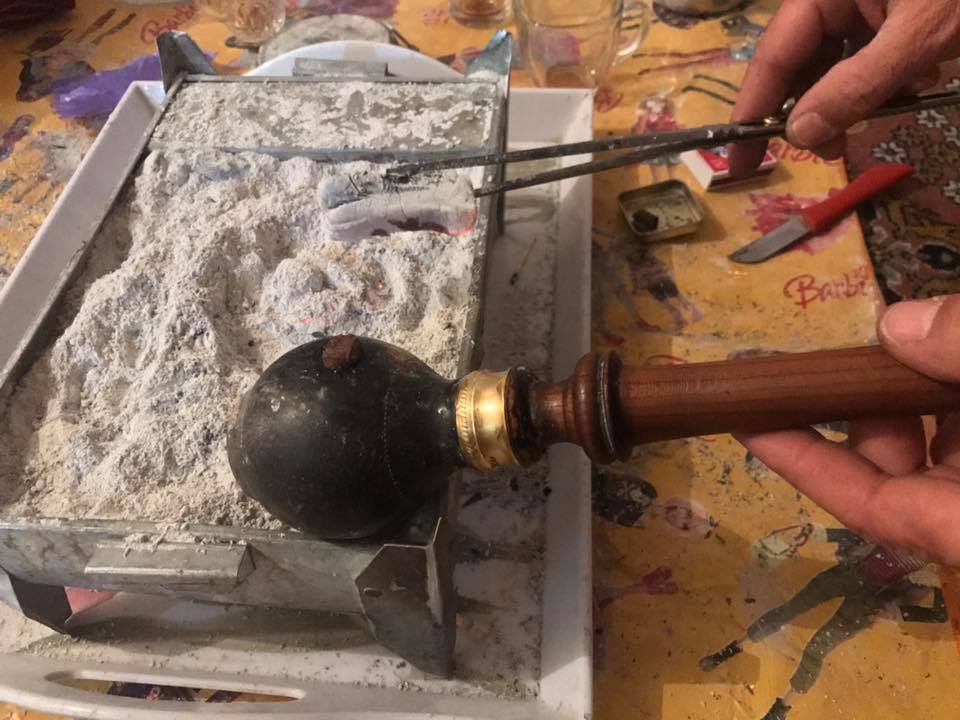
“I got started on heroin after pills got too expensive,” a user on the r/opiates subreddit tells me. “I was doing 16+ Oxys a day by then. I got started on it by different adults in my life who handed Oxy out like candy, as well as my sister’s psycho ex-boyfriend who would shoot up my house from the inside for kicks, and wake me up with free Oxy and Xanax as long as I went to school to sell a variety of drugs for him. I was 13-14 years old.”
In other words, the majority of pill-poppers were not taking controlled doses under medical supervision, while greedy execs dived in their riches like Scrooge McDuck – exactly the situation the Swiss system seeks to avoid.
“Hypocrisy and an inadequately controlled pharmaceutical system is not overcome by prescribing another drug,” Dr Seidenberg remarks.
Fortunately in Britain, we don’t have that problem. In fact, the Swiss modelled their system on us. In the Eighties, one clinic in Liverpool prescribed heroin to its patients every Thursday: none of them contracted HIV, dope pushers went out of business and the number of thefts and burglaries in the area tumbled. But once the Americans got wind of this they turned up the pressure on the British embassy to have the clinic shut down, which it was, and patients started dying: of the 450 addicts using the clinic, 41 died within two years. Others lost their jobs and were forced back on the street. Now the idea’s catching on again. Heroin-assisted treatment is now backed by several PCCs across the UK.
“We can’t reduce the demand, so while the demand is there, supply will remain,” Jones explains, “and organised crime, serious violence and exploitation of young people – the county lines phenomenon. The more you give medical heroin, the less illegal supply is on the streets.”
While some may scoff at the idea of a bunch of dope fiends blissfully smacked out on the taxpayer’s dime, the system we have now costs far more: a 2005 study in the British Medical Journal estimated yearly savings of £13,000 (adjusted for inflation) per addict for giving them heroin, compared to the price of crime and punishment. The impact could be enormous: the Home Office estimates up to half of all thefts, break-ins and robberies are committed by smack, crack and coke addicts: why not take their motive out of the equation?
“We have a surgery where people living on the streets go to get treatment, housing support, homeless services. I go every Friday morning – even though I’m not in the police I still know them all,” Jones tells me.
“In the main, the stuff they’re getting locked up for is pretty petty: shoplifting, theft from motor vehicles; anything to get the next wrap, never any serious crime like rape, violence, sexual offences. I feel quite sorry for them being stigmatised and stereotyped.”
While heroin-assisted therapy is now available in several European countries and possibly soon the UK, for most addicts around the world that’s not an option. Back in Stone Town, I bid goodbye to Ahmad.
“I’d love to go back to Europe or America and walk around, but I’m too old now. Maybe one day. I’ve got five brothers that live in Oman and they support me. They told me, ‘we’ll support you for the rest of your life, just one condition: stay off the drugs.’”
Niko Vorobyov is a government-certified (convicted) drug dealer turned writer and author of the book ‘Dopeworld’, about the international drug trade. You can follow him on Twitter @Lemmiwinks_III
Join our commenting forum
Join thought-provoking conversations, follow other Independent readers and see their replies
Comments
Bookmark popover
Removed from bookmarks